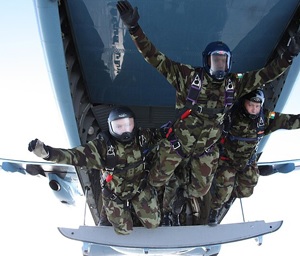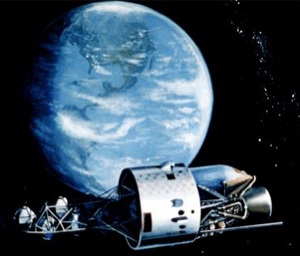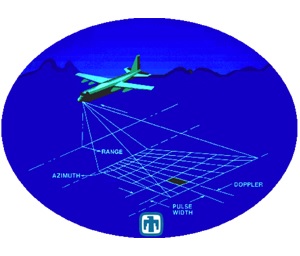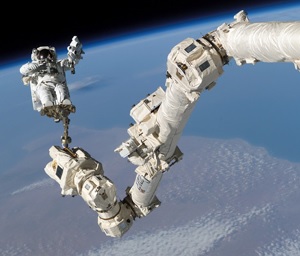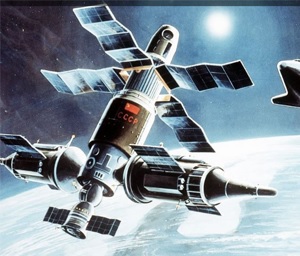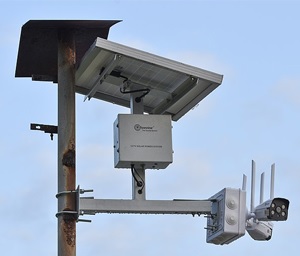Space-Based Defence Initiatives: Leveraging Satellites for Security and Intelligence 17 June 2024
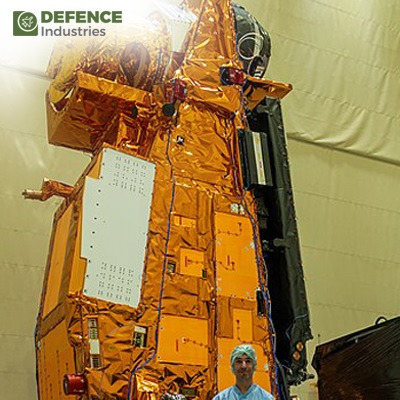
In an era where technological advancements are accelerating at an unprecedented pace, space-based defence initiatives have become pivotal in maintaining global security and intelligence. The integration of earth observation satellites, hyperspectral imaging, space robotics, and synthetic aperture radar has revolutionized how nations gather and analyze critical information. This article delves into how these technologies, alongside space treaties and satellite communication systems, are shaping modern defence strategies.
The Role of Space Force in Modern Defence
The establishment of a Space Force signifies a major shift in defence strategies, recognizing the vital importance of space in national security. This dedicated branch is responsible for the operation and protection of earth observation satellites and other space-based assets, ensuring they can effectively gather intelligence and conduct surveillance. By leveraging satellite communication, the Space Force can maintain a seamless flow of information, critical for real-time decision-making in defence scenarios.
Earth Observation Satellites and Hyperspectral Imaging
Earth observation satellites are at the forefront of space-based defence initiatives. Equipped with advanced hyperspectral imaging technology, these satellites can capture data across various wavelengths, providing detailed insights into land, ocean, and atmospheric conditions. This capability is invaluable for monitoring potential threats, natural disasters, and changes in environmental conditions that could impact national security.
Synthetic Aperture Radar and Geostationary Orbit
Another key technology in space-based defence is synthetic aperture radar (SAR). SAR systems, which can operate in all weather conditions and during both day and night, provide high-resolution images of the Earth's surface. These capabilities are crucial for surveillance and intelligence gathering, enabling defence forces to detect and track objects and activities with high precision. Satellites equipped with SAR are often placed in geostationary orbit, where they can continuously monitor specific areas of interest.
Space Treaties and International Collaboration
Space treaties play a vital role in regulating the use of space for defence purposes. These agreements, such as the Outer Space Treaty, establish guidelines for the peaceful use of outer space and prohibit the placement of weapons of mass destruction in orbit. Adhering to these treaties ensures that space remains a domain for peaceful exploration and cooperation, while still allowing for the deployment of earth observation satellites and other technologies for security purposes.
Space Robotics and Satellite Communication
Space robotics is another critical component of modern defence strategies. These robotic systems are used for the maintenance and repair of satellites, extending their operational life and enhancing their capabilities. Satellite communication is equally important, providing the backbone for secure and reliable transmission of data between satellites and ground stations. This communication network supports various defence operations, from real-time intelligence sharing to coordinated military responses.
Integrating Emotional Intelligence in Space-Based Defence
While the focus of space-based defence initiatives is often on technology and intelligence, the importance of emotional intelligence should not be overlooked. Leaders and personnel involved in these initiatives must possess high emotional intelligence to effectively manage stress, make informed decisions, and lead their teams. Emotional intelligence can be assessed through an emotional intelligence test, which helps identify areas for improvement and development.
CCTV Installation and Ground-Based Surveillance
Complementing space-based surveillance systems are ground-based technologies like CCTV installation. These systems provide an additional layer of security, enabling the monitoring of sensitive areas and facilities. When integrated with data from earth observation satellites and SAR, ground-based CCTV installation can enhance situational awareness and response capabilities.
Conclusion
The integration of space force, earth observation satellites, hyperspectral imaging, synthetic aperture radar, space robotics, and satellite communication represents a significant advancement in modern defence strategies. These technologies, governed by space treaties, provide unparalleled capabilities for intelligence and surveillance. Moreover, the incorporation of emotional intelligence through emotional intelligence tests ensures that the personnel managing these systems can operate effectively under pressure. As the world continues to navigate the complexities of global security, space-based defence initiatives will remain at the forefront, leveraging the power of satellites to safeguard nations and maintain peace.



